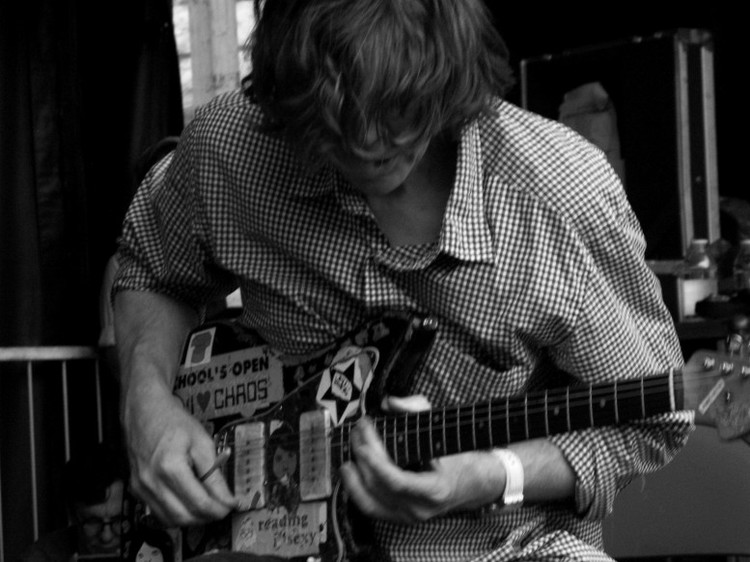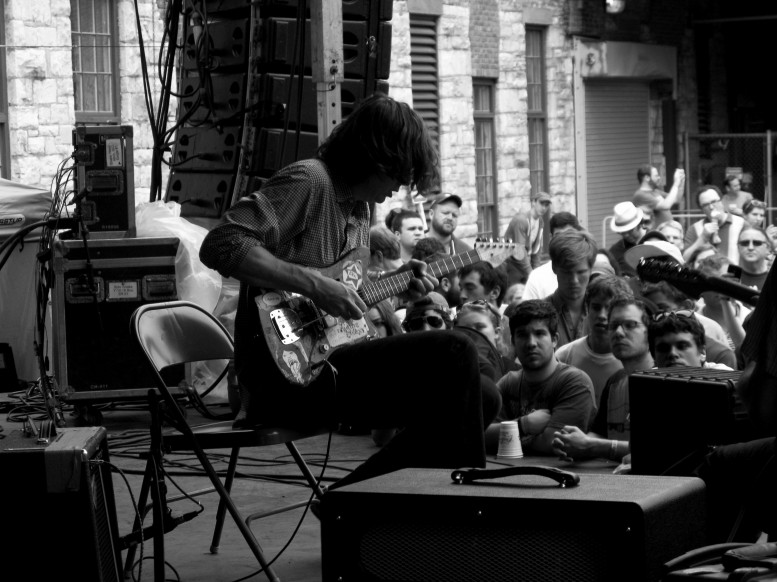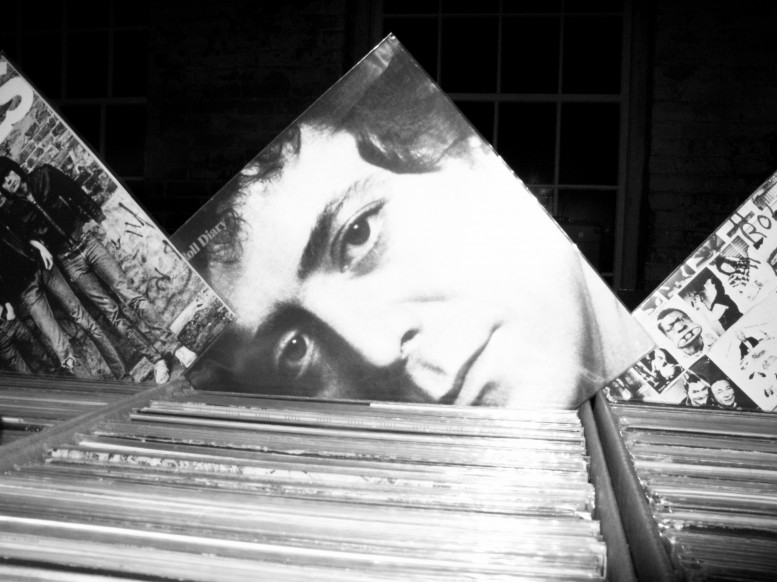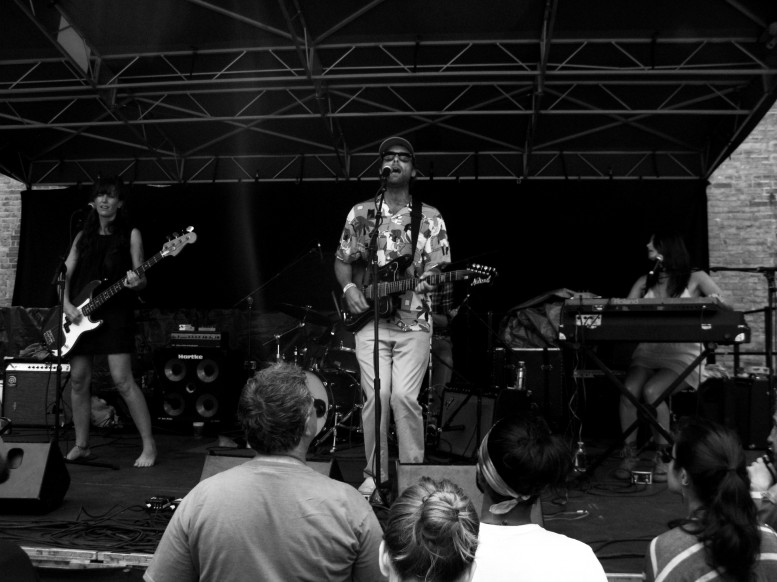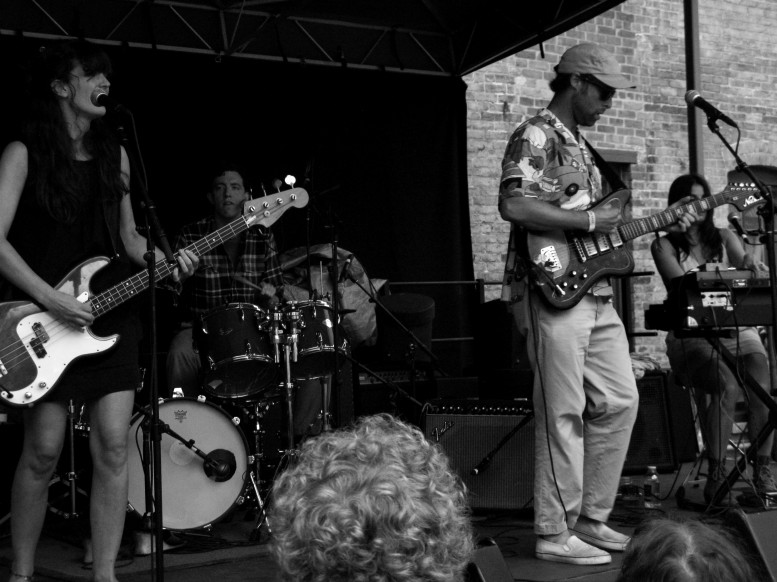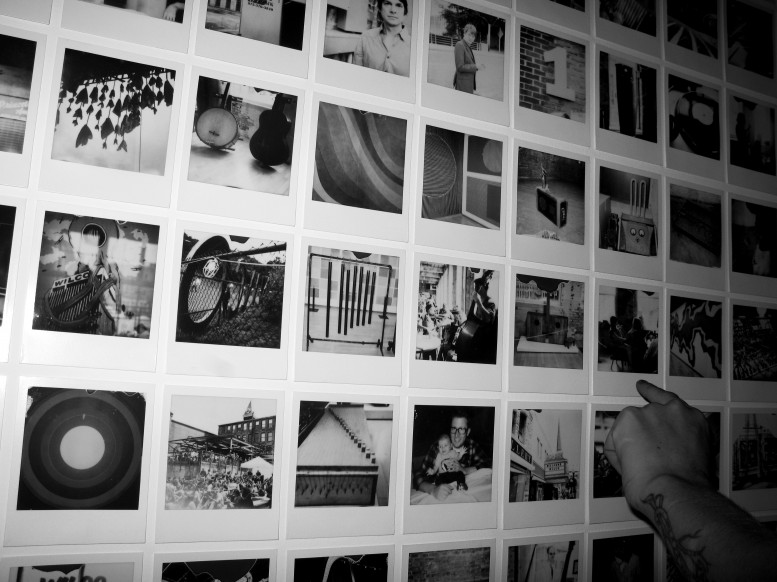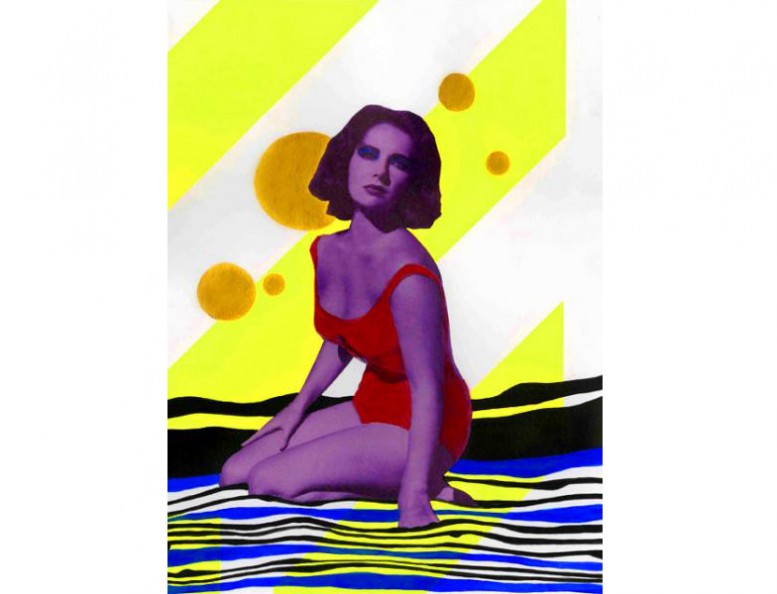
[ARTIST] DANIEL VÖLKER
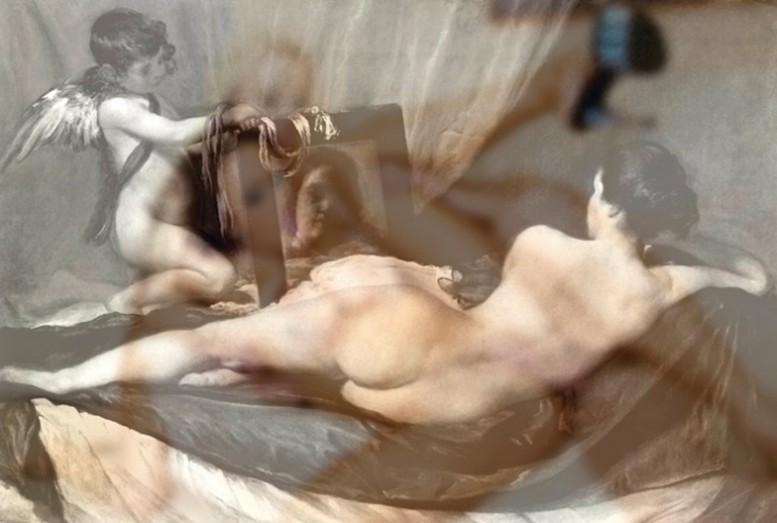
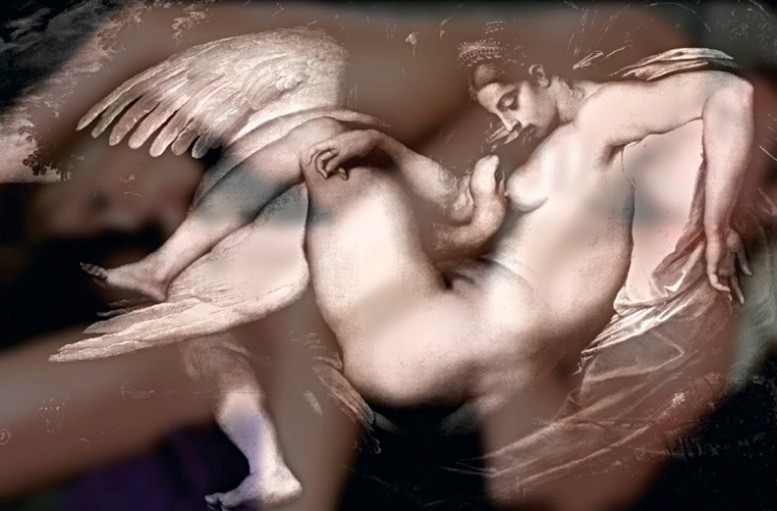
Daniel Volker's 'Crossover' series combines historical paintings with modern erotica. www.danielvoelker.com
POLLY MORGAN 'Burials'
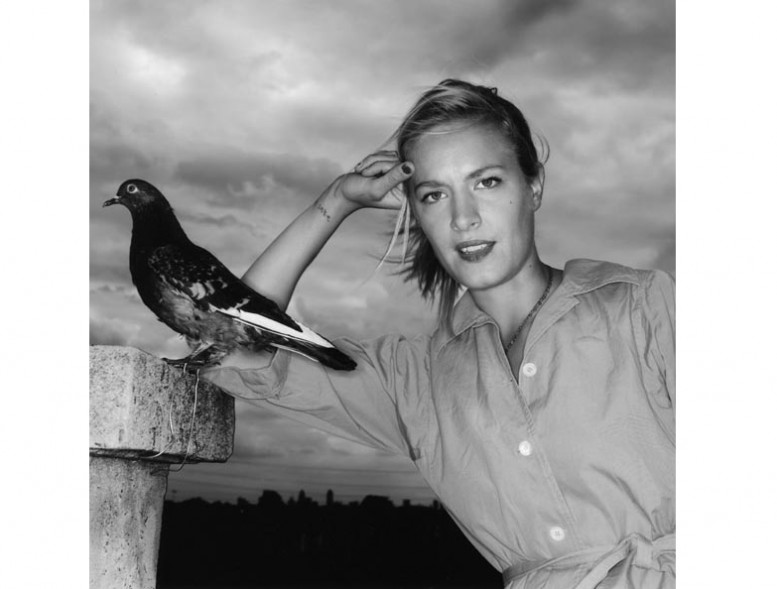
....Polly Morgan is at the very forefront of modern taxidermy. She has contributed to a shift in public perception that has taken ‘the art of preparing, stuffing and mounting the skins of animals with lifelike effect’ to places never dreamed of by its original Victorian practitioners. The vitrines are still there but little else remains. Birds are taken out of their natural habitat and are reassembled, often in mass, creating sculptures of astonishing and often disquieting beauty. For ‘Psychopomps’ at Haunch of Venison last year, this theme of disintegration and recomposition was keenly explored. ‘Burials’ takes this idea to its logical end, interment and then potential rebirth elsewhere. ‘The coffin’ (Carrion Call), with its shrieking chicks, makes a welcome return, this time transported to the dimly-lit backroom of a Venetian palazzo; Count Dracula’s transportation of his own coffins from Transylvania to Carfax Abbey in London, performs an almost perfect reverse. A sense of imprisonment and the futility of escape dominates this exhibition, escape is actually, both metaphorically and physically, an unlikely possibility. Three new-style works adorn the walls, in the shapes of a spade, a coffin-lid and a headstone respectively. Other large-scale pieces that further celebrate the themes of rebirth and spring are also included in the form of an ancient (much twisted) maypole and a scorched flying machine held aloft by flame-orange finches and canaries. Polly Morgan 'Burials,' her first solo show in Italy, is on view until July 22 at the Workshop Arte Contemporanea in Venice - www.workshopvenice.com
Gabriel von Max: Be-tailed Cousins and Phantasms of the Soul
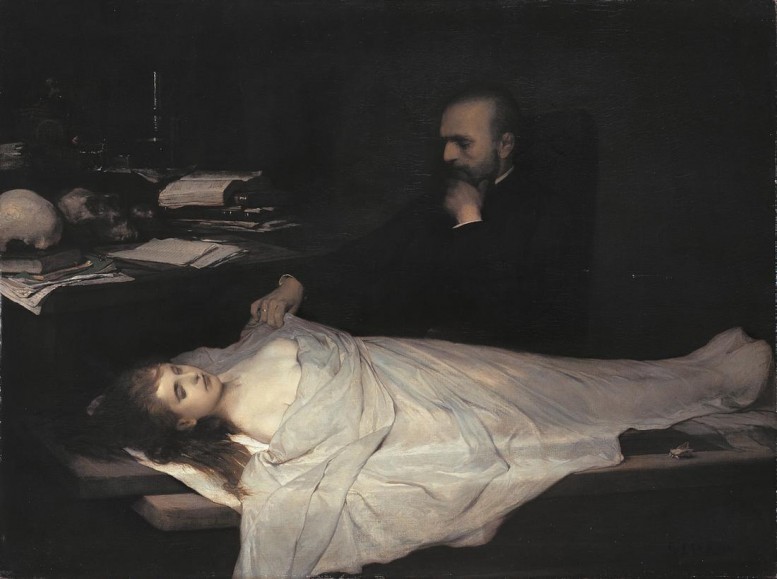
One of the most discussed, and perhaps controversial, artists of the late nineteenth century, Gabriel von Max (1840–1915) “set hearts beating violently” with his paintings of a somnambulant, crucified woman with a full-blooded swain at her feet and an anatomist pulling back diaphanous cloth from the alabaster corpse of a beautiful young woman. Max’s portrayal of the biblical tale of Jairus’ daughter being raised from the dead, his polemical depiction of vivisection, and his paintings of his beloved, yet melancholic, monkeys engaged in various humanlike endeavors stirred the emotions and public debates of his day. Yet, despite international acclaim, Max has not been the subject of a solo museum exhibition in America until now, with the Frye Art Museum’s Gabriel von Max, on view July 9 through October 30, 2011. www.fryeartmuseum.org
TOM of FINLAND Original Drawings
Tom of Finland’s real name is Touko – because he was born on 8 May 1920, on the south coast of Finland, and May in Finnish is “Toukokuu”. His homeland had been independent for just three years when Touko was born, and outside its few cities the country was still rough and wild. The men who worked in the fields and woods, the farmers and loggers, were true frontiersmen, every bit as rough and wild as the countryside. Touko grew up among those men but was not a part of their world. Both his parents were schoolteachers, and they raised Touko indoors in an atmosphere of art, literature and music. Obviously talented, by the time he was five he was playing the piano and drawing comic strips. He loved art, literature and music. But he loved those outdoorsmen even more. At that same age of five, Touko began to spy on a neighbour, a muscular, stomping farmboy whose name, “Urho”, means “hero”. Urho was the first in a long line of heroes to hold Tom’s attention while he memorized every flex of their lean muscles, every humorous twist of their full lips. In 1939, Touko went to art school in Helsinki to study advertising. His fascination expanded to include the sexy city types he found in that cosmopolitan port – construction workers, sailors, policemen – but he never dared proposition them. It was not until Stalin invaded Finland and Tom was drafted into a lieutenant’s uniform that he found nirvana in the blackouts of World War II. At last, in the streets of the pitch-black city, he began to have the sex he had dreamed of with the uniformed men he lusted after, especially once the German soldiers had arrived in their irresistible jackboots. TOM of FINLAND Original Drawings now on view at the PHD Gallery in St. Louis, Missouri until August 6. more...
Alex Varenne at the Erotic Museum in Paris
Ed Ruscha's Back of the Hollywood Sign

Ed Ruscha: On the Road
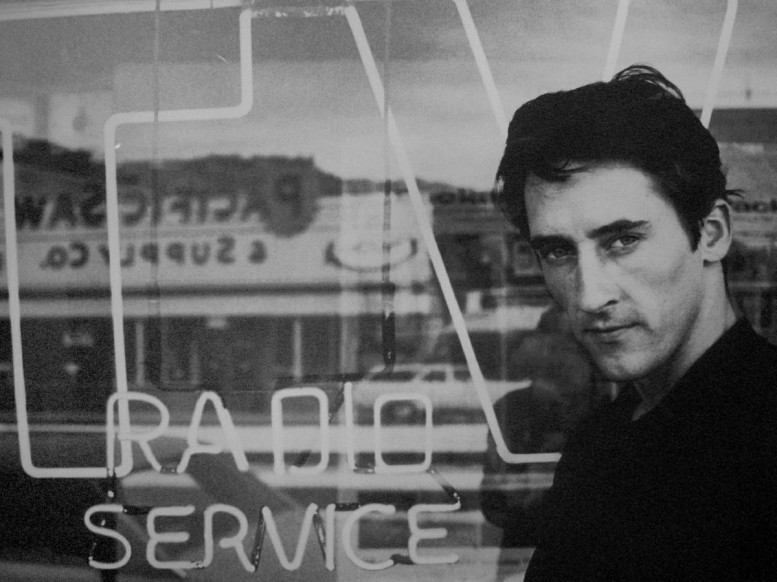 Ed Ruscha photographed by Dennis Hopper
Ed Ruscha photographed by Dennis Hopper
In 1951, Kerouac wrote On the Road on his typewriter as a continuous 120 foot-long scroll, feverishly recording in twenty days his experiences during road trips in the U.S. and Mexico in the late 1940s. With its publication in 1957, Kerouac was acknowledged as the leading voice of the Beat Generation, a group of writers that included Alan Ginsberg and William Burroughs. Over the last few years Ed Ruscha has continued to explore his own fascination with the shifting emblems of American life by turning his keen aesthetic sensibility to Kerouac’s classic novel. Having created his own limited edition artist book version of On the Road in 2009 published by Gagosian Gallery and Steidl, and illustrated with photographs that he took, commissioned, or found, Ruscha has created an entirely new body of paintings and drawings that take their inspiration from passages in Kerouac’s novel. Opening today at the Hammer Museum in Los Angeles an exhibition entitled Ed Ruscha: On the Road includes Ruscha’s edition of Kerouac’s legendary novel, six large paintings on canvas, and ten drawings on museum board, each taking its text from On the Road. www.hammer.ucla.edu
ANNE TRUITT AND HANNAH WILKE

ANNE TRUITT AND HANNAH WILKE at Alex Zachary, 16 East 77th Street, New York NY
The Accursed Poets
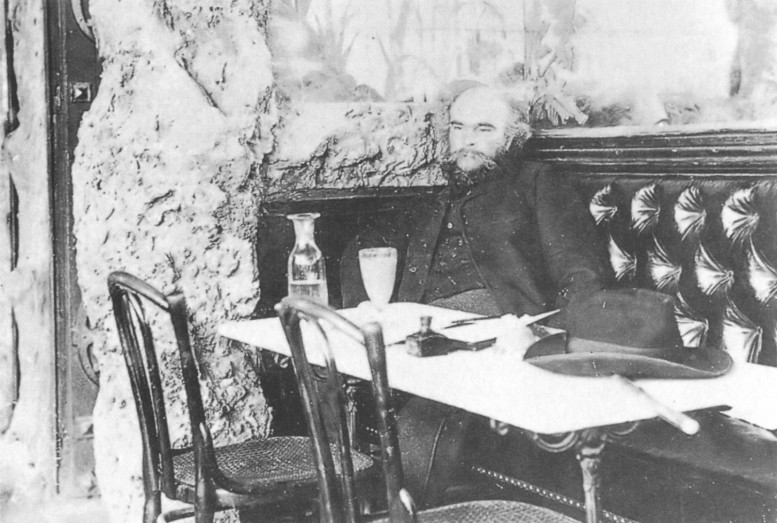 Paul Verlaine
Paul Verlaine
Nineteenth-century French poete maudits (accursed poets — poets who lived outside or rebelled against society), such as Charles Baudelaire, Paul Verlaine, Arthur Rimbaud and Comte de Lautreamont, have inspired numerous artists of various eras. An exhibition in Japan showcases etchings and prints of 20th-century artists, including Maurice Denis, Salvador Dali and Roberto Matta, who celebrated such French poetry. On view are around 180 works, including Matta's interpretation of Rimbaud's "Une Saison en Enfer" and a copy of de Lautreamont's "Les Chants de Maldoror," which inspired print works by Bernard Buffet as well as illustrations by Dali. On view until August 7 at the Machida City Museum of Graphic Arts, (042) 726-2771, 4-28-1 Haramachida, Machida-shi.
Le Royal Monceau Exhibits Melvin Sokolsky

Luxury hotel Le Royal Monceau – Raffles Paris exhibits Work by photographer Melvin Sokolsky starting Thursday, July 7th, 2011 "Rétrospective" will showcase American photograph Melvin Sokolsky, a major figure in the revival of fashion photography in the 1960s. Considered the golden age of photography, this was a period of major innovations and audacious images, a decade that formulated a new vocabulary that still inspires image-makers to this day. www.raffles.com
Picasso at Work
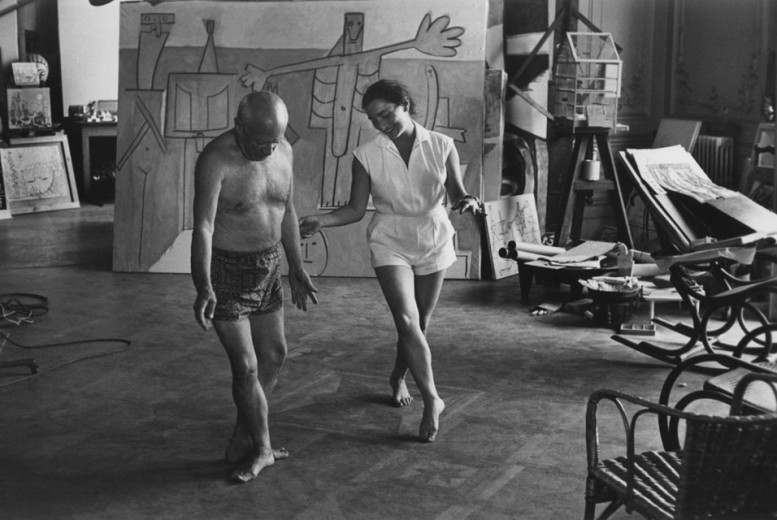
Cannes, 8 February 1956. The photojournalist David Douglas Duncan stops his car in front of Villa La Californie, residence of one of the most famous artists of all time: Pablo Picasso. In his hand is a ring especially made for Picasso, who appreciates the gesture and invites him into his home, his studio and his intense life. With Stephanie Ansari and Tatyana Franck as its curators, Picasso at Work. Through the Lens of David Douglas Duncan brings together in the Museo Picasso Málaga 115 photographs selected from among the thousands that Duncan took of the artist and his milieu in those years. www.museopicassomalago.com
Louise Bourgeois in Shanghai
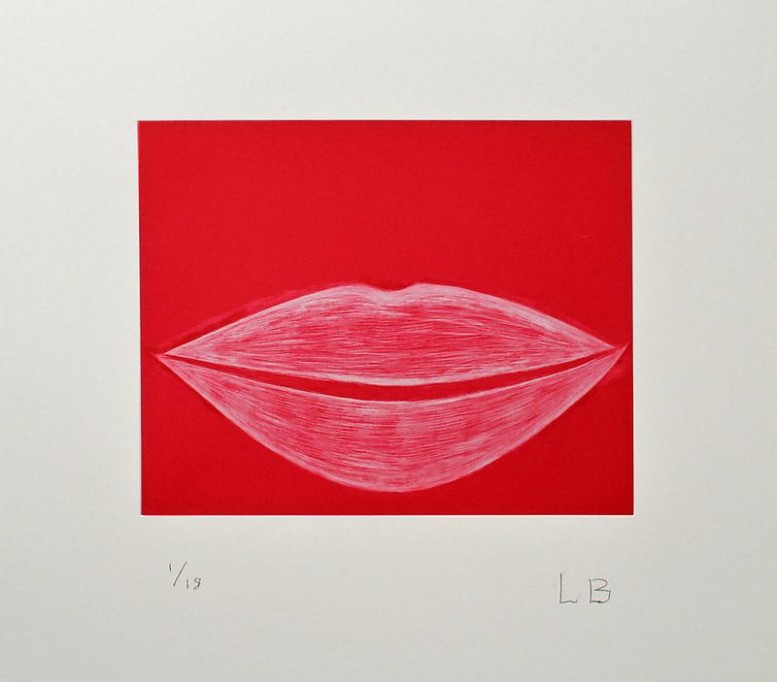
Louise Bourgeois on view at the James Cohan Gallery in Shanghai. www.jamescohangallery.com
Second Annual Solid Sound Festival at MASS MoCA
Photos feature Thurston Moore Playing with Pillow Wand, Here We Go Magic, Adarsha Benjamin's polaroids on display at MASS MoCA.
All Utopias Fell

Artist Michael Oatman's All Utopias Fell sits atop the rafters of the old transistor factory in North Adams, Massachusetts–now home to the Massachusetts Museum of Modern Art. Constructed from an old airstream trailer and parachutes as if it just dropped in from outer space. "...1970s-era ‘satellite’ that has crash-landed at MASS MoCA. This beautifully reflective, repurposed Airstream trailer – with large parachutes and active solar panels – is inspired by an earlier era of pulp aeronauts like Buck Rogers, Tom Swift and Tom Corbett: Space Cadet, as well as the works of Giotto, Jules Verne, NASA, and Chris Marker’s 1962 film La Jetée. Visitors will be allowed to climb a staircase and enter into the craft where they will encounter The Library of the Sun. Hybridizing a domestic space, a laboratory and a library, it has the feel of a hermitage, where the occupant will ‘be right back’, only it is 30 years later. www.massmoca.com
Text and Photography by Oliver Maxwell Kupper for Pas Un Autre
Pop Meets Pop. Andy Warhol and the Beatles

Unique Warhol originals from the collection of the Warhol Museum meet Beatles artifacts–exploring the relationship between Andy Warhol and John Lennon now on view The Frankfurt Museum of Communication. www.mfk-frankfurt.de
Sex & Death
What pornography is really about, ultimately, isn't sex but death. ~ Susan Sontag
Patti Smith: Camera Solo
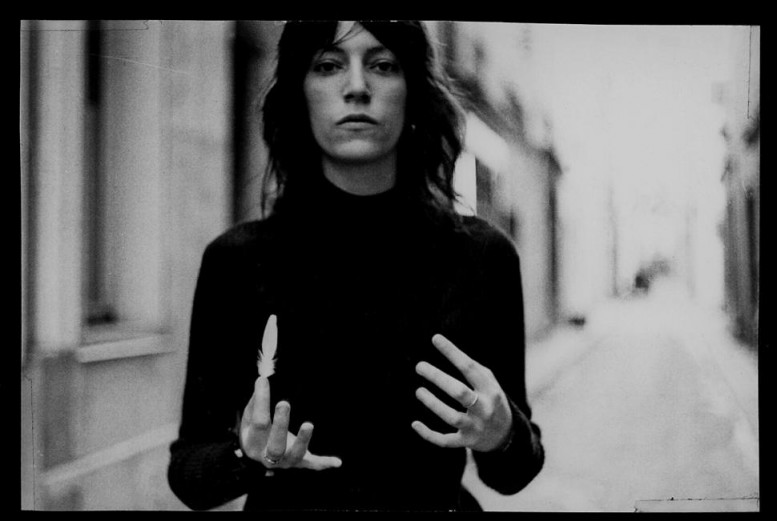 Patti Smith, Paris 1969, LINDA SMITH BIANUCCI
Patti Smith, Paris 1969, LINDA SMITH BIANUCCI
This fall, Wadsworth Atheneum in Hartfort, CT will premiere Patti Smith: Camera Solo, the first large-scale presentation of her visual work in the United States in nearly ten years. It will include approximately sixty black and white photographs and two multi-media installations.
Falos y Vaginas
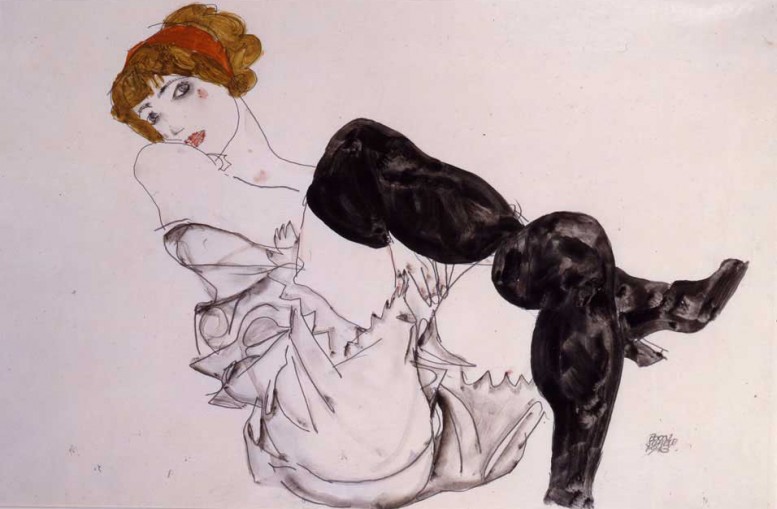
In honor of Eros, the University of Antioquia, Colombia hosts an exhibition, entitled Falos y Vaginas (Phallus and Vaginas) which explores organs of pleasure represented in painting, ceramics, sculpture and photography, in a historical review of eroticism and as well as an encounter with science. Falos y Vaginas is on view until November Medellin's University of Antioquia Museum (MUUA) Calle 67 #53-108 TEL: (574) 263-0011
Basquiat + Le Book
Le Book, the international reference for the creative industry, announces the release of its 2011 New York edition, curated by Tamra Davis (director of the recently released film tribute to Basquiat, The Radiant Child), art direction by Shepard Fairey’s Studio Number One, and dressed by one of the most recognizable artists of the twentieth century, graffiti artist and neo-expressionist painter, Jean-Michel Basquiat (1960 – 1988). www.lebook.com




